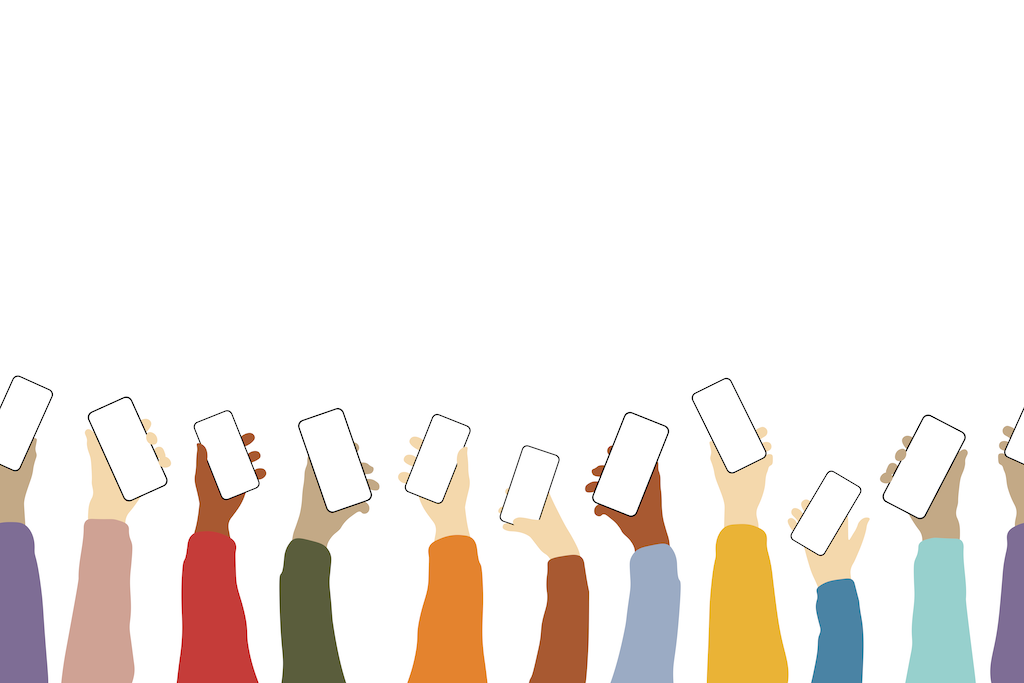Lessons Learned
Companies have been pushed, like never before, to take a stance on racial diversity. 2020 was filled with statements, acknowledgments, and open conversations around equity and diversity. It was a time of listening, learning, and lots of declarations and promises for change. But what happens when diversity and inclusion become a new standard or policy?
On the surface, awareness is a great thing, and acknowledging the past is crucial to moving forward. But looking deeper, as soon as conversations begin to fade and racial issues become “old news,” the pressure for action starts to lessen.
Once companies have checked off the boxes for diversity, comfortability sets in, and it’s back to business as usual. Any progress or initiatives that extend beyond the bare minimum get pushed farther and farther in the future. Cookie-cutter metrics become something to hide behind rather than improvements to strive for.
A Cheap Solution
Optimistically, diversity initiatives are rolled out, and requirements are set forth in organizations and universities – and recently for the U.S. Stock Exchange. The problem with this is that, from the outside, a company or organization may appear to be dynamic and inclusive, embracing change and setting the standard for progress. Still, it is unclear what goes on behind the scenes.
Most of what we know comes from current and former employees who speak out about the paradoxes of diversity washing within their organizations. Diversity washing occurs when companies appear to embody diversity and employ inclusive practices but do not make changes beyond the superficial. This is also known as “optics.” Acting like you’re doing something to check the box and signal to the world how in the loop you are, then doing nothing and failing to make real change.
Nicki Doble pointed out the dangers presented by diversity washing in 2018, and Harvard Business Review spoke of “woke-washing” this past summer. If the companies that are setting the standard are only putting up the appearance of change, we run the risk of creating something more dangerous than we started with. That is – an illusion that tricks those on the outside and those inside into thinking that they are fair and inclusive.
Real Diversity or Just Good Marketing?
Marketing efforts can only go so far without a robust and accurate product fit. If the product or service does not make sense for the target audience, the world’s best marketing will not bring in any value.
The same is true for diversity initiatives. Real solutions developed by a group with diverse perspectives is what it takes to create real change. Metrics will always fail to produce this kind of dynamic change without an understanding of why change is needed.
The Real Thing
How can you tell the difference between diversity and diversity washing? By understanding that conscious inclusion does not start or stop at any one step of the process.
A holistic view of talent acquisition looks at the candidate experience from the point of sourcing or attraction, all the way up to internal mobility and career development. True diversity entails equitable opportunities for applicants all the way up to leadership and executive roles. It does not stop when quotas or requirements are met.
We have talked the talk, but our priorities in 2021 will reveal whether we are willing to put in the hard work rather than just serve up optics. Acknowledging our limitations allows us to put tools in place to attract, screen, and select candidates. It also allows us to seek advice from people that are different from us and take the risk to go beyond what is required.
After all, the illusion of diversity with no real depth is worse than nothing at all.

Recent Comments